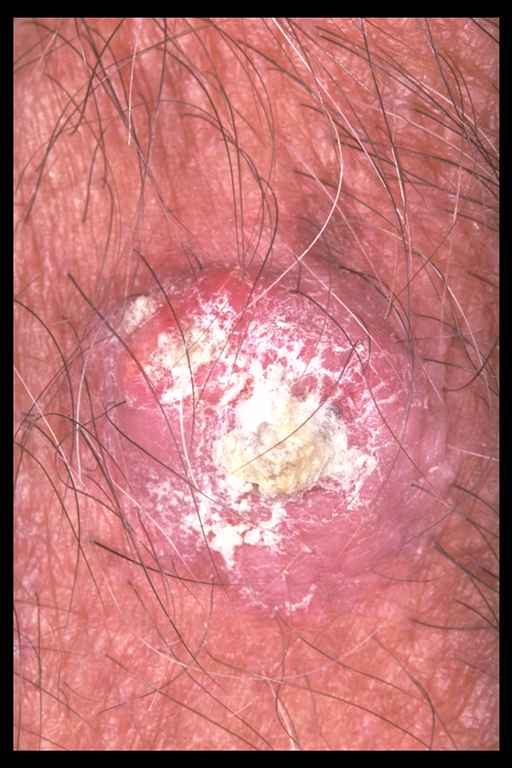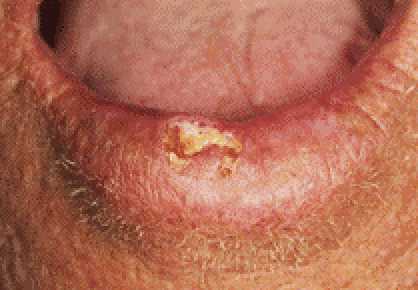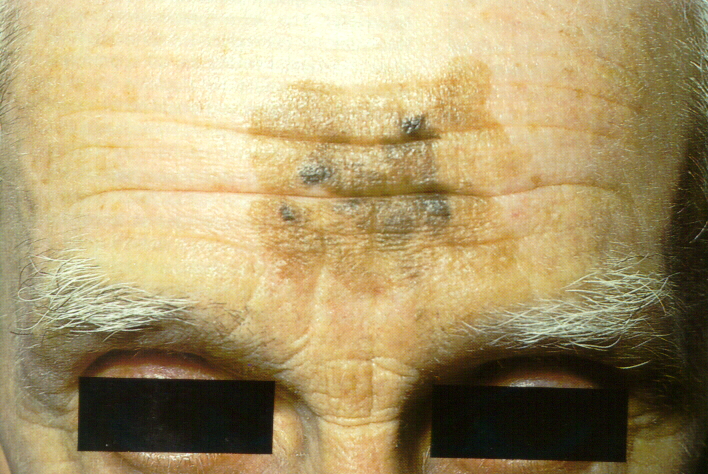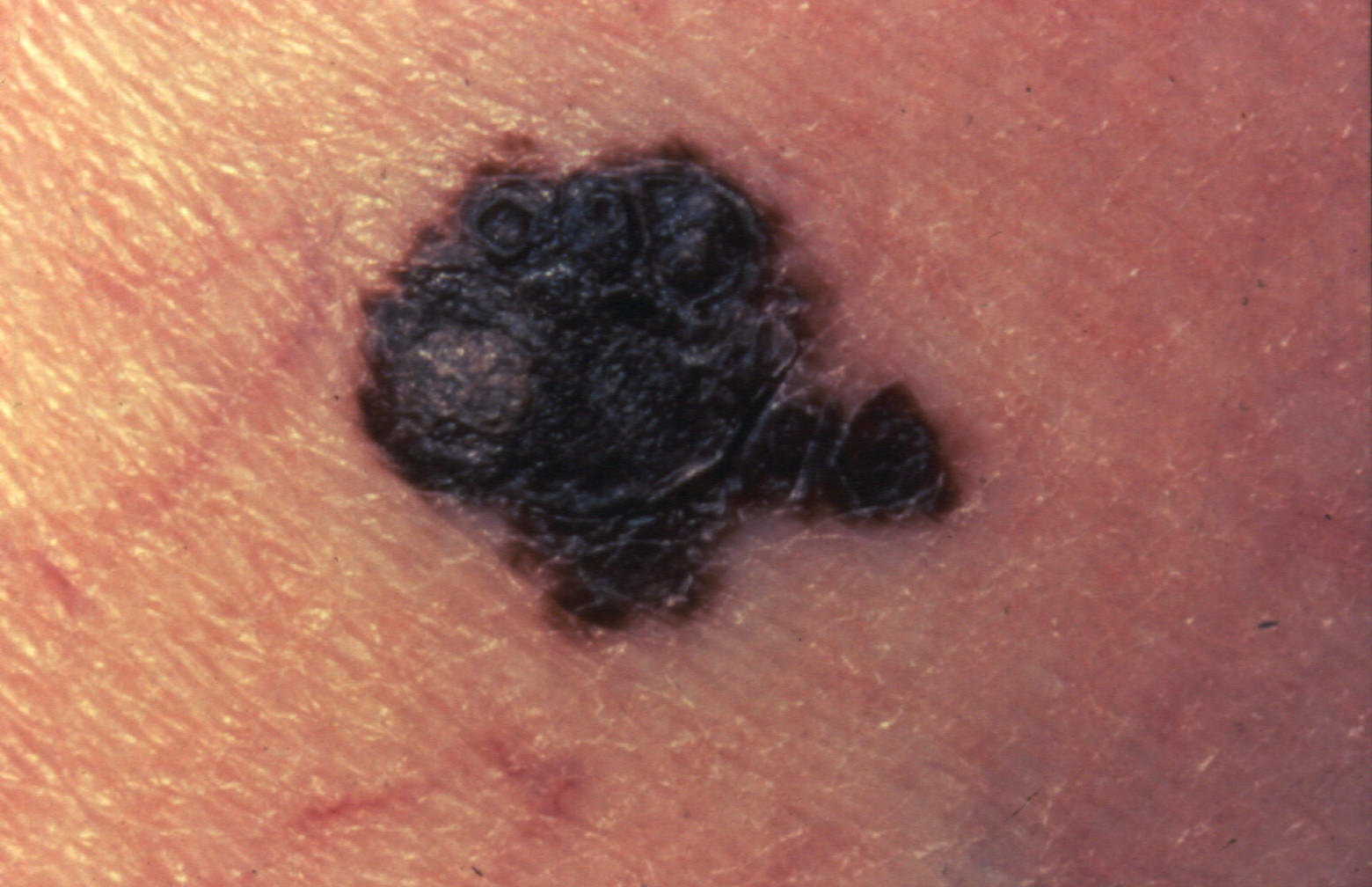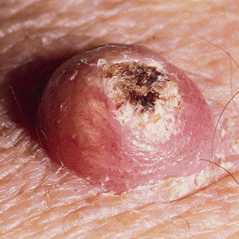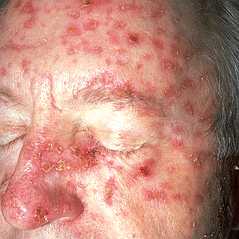Skin Cancer - Screening and detection
The Problem
Skin cancer is the most common cancer in New Zealand. 80% of all new cancers each year a rise in the skin. New Zealand has the highest melanoma rate in the world. Melanoma is the 4th most common cancer and the 6 most common cause of cancer death. With our ageing population we expect to see even more melanoma and other skin cancer over the next 20 to 30 years.
The incidence and mortality is rising!
How can I manage the risk?
Melanoma is a deadly cancer. Lesions only 1-2mm in thickness can spread into lymph nodes and beyond. The vast majority of melanomas can be diagnosed and treated early to prevent a bad outcome. Squamous cell carcinoma and basal cell carcinoma are even more common and also need to be diagnosed early.
As an experienced dermatologist using dermatoscopy. Studies show that a specialist dermatologist using dermatoscopy would achieve the most accurate diagnosis and avoid unnecessary surgical removal of benign lesions. The vast majority of melanomas can be detected early with screening. Many lesions can be diagnosed in the melanoma in situ stage where there is no downward growth offering a 95-98% chance of avoiding spread.
The skin is the largest and most accessible organ of the body, so a simple but comprehensive full skin examination performed once or twice a year is an easy and effective way of screening and means of early detection. Given how common and serious the problem is, a regular skin check with a dermatologist is the most effective single cancer detection strategy that you can make.
I can offer regular screening, which I personally perform as an experienced specialist dermatologist. I use state-of-the-art dermatoscopy equipment.
Regular review is essential as spots will change and new lesions can develop quite quickly. I can offer reliable screening reminders at the correct frequency relative to your assessed risk. These can be sent by email, phone text or letter to suit you best.
How does this differ from mole mapping?
In mole mapping, a technician or nurse examines the skin and decides which moles need to be scanned for detailed assessment. The scans are reviewed later by a dermatologist. The moles examined may be a small subset of the actual moles present and rely on the skill of the technician to find them. This process is not a substitute for a medical examination, and if there are any abnormalities, typically a medical consultation will be needed.
I can offer an expert full body skin examination performed by a specialist dermatologist in real time. I have diagnosed and treated over 3000 melanomas in the last 30 years. As well as looking for suspicious moles, I will check for all the other forms of skin cancer. Some precancerous lesions may be treated with liquid nitrogen at the time of consultation. if a biopsy or removal is needed, this can be immediately planned. I will also discuss and manage other skin issues such as eczema or fungal infection, and give advice for skin health at the same time.
Mole mapping is not usually claimable on medical insurance plans, but usually a specialist dermatology consultation is.
See how this works .... Case study of skin cancer detection and treatment


